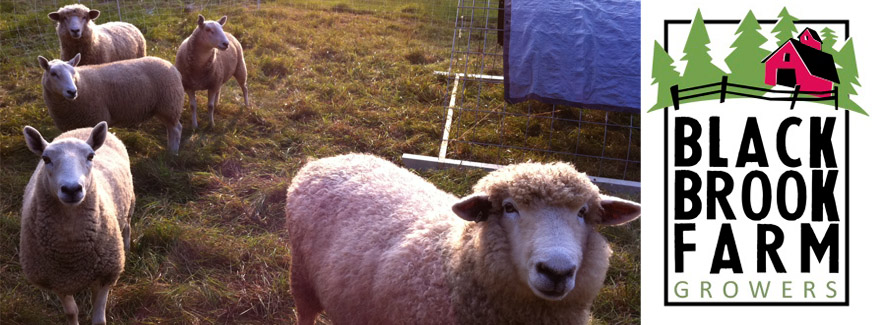SO, I mentioned yesterday that I went down to the coop and noticed that one of the chickens was broody. A broody hen has decided to sit on her eggs with the purpose of hatching them. That would be great if we wanted chicks and had a bunch of fertile eggs to hatch, but in this case the hen was just intent on sitting on her nest no matter what. Broodiness can be a problem because often broody hens who have no chance of hatching any eggs will sit on their nests until they starve and dehydrate to death, and often it's brought on by long days (I have a bad feeling that the heat lamp I put into the coop to keep them warm on freezing February nights might be to blame). We had been trying to remove her from the nest and take the eggs out from under her, but she was being stubborn, and a couple times I caught her sitting on nothing (and once an egg shaped piece of hard chicken poop). This morning I went down to the coop and found this:
It's hard to tell what's going on here, but there's four chickens in that laying box. The first hen was still refusing to budge and another had joined her (broodiness can be contagious). Two other chickens were attempting to muscle their way in to lay some eggs and they were all getting pretty angry and pecking each other.
So I did a little research and found that sometimes it's possible to dissuade a broody hen by simply blocking off the laying boxes and getting her away from the nest. So we put all the chickens outside and blocked off the boxes.
It didn't work...an hour later they had managed to squeeze inside and there were four of them stuffed in behind the wood! Someone had laid an egg and someone else had broken it and now they were all eating it. Insanity.
I tightened the gaps between the boards on the boxes, but the two hens just ended up settling down on the floor all puffed up and broody looking. A bunch of the sources I found online said that the best way to break broodiness is to remove the chickens entirely and put them somewhere totally unlike a nesting box. Ideally, this means a wire-bottomed cage off the floor with nowhere to bed down and a little cold air circulation underneath their bottoms (curing broodiness is all about cooling off the chicken's bottom). I tried to brainstorm some options - the greenhouse, an empty horse stall, a dog crate - but none of them seemed right. Then I remembered the old empty rabbit hutches that are sitting in the barn.
And so I packed them up in a cat carrying case and brought them upstairs. The first broody hen is totally in blissed-out-dreaming-of-motherhood-mode (I can sympathize, I get the same way when I start thinking about my new birthday puppy, Angus, that I'm getting in March) and doesn't even seem to care what I do with her. The second hen put up a little fight, but I'm stronger than a chicken.
There they are! I gave them some food and water and put down some hay on the floor in an attempt to control the mess. Here's hoping their bums cool off soon!
It's hard to tell what's going on here, but there's four chickens in that laying box. The first hen was still refusing to budge and another had joined her (broodiness can be contagious). Two other chickens were attempting to muscle their way in to lay some eggs and they were all getting pretty angry and pecking each other.
So I did a little research and found that sometimes it's possible to dissuade a broody hen by simply blocking off the laying boxes and getting her away from the nest. So we put all the chickens outside and blocked off the boxes.
It didn't work...an hour later they had managed to squeeze inside and there were four of them stuffed in behind the wood! Someone had laid an egg and someone else had broken it and now they were all eating it. Insanity.
I tightened the gaps between the boards on the boxes, but the two hens just ended up settling down on the floor all puffed up and broody looking. A bunch of the sources I found online said that the best way to break broodiness is to remove the chickens entirely and put them somewhere totally unlike a nesting box. Ideally, this means a wire-bottomed cage off the floor with nowhere to bed down and a little cold air circulation underneath their bottoms (curing broodiness is all about cooling off the chicken's bottom). I tried to brainstorm some options - the greenhouse, an empty horse stall, a dog crate - but none of them seemed right. Then I remembered the old empty rabbit hutches that are sitting in the barn.
And so I packed them up in a cat carrying case and brought them upstairs. The first broody hen is totally in blissed-out-dreaming-of-motherhood-mode (I can sympathize, I get the same way when I start thinking about my new birthday puppy, Angus, that I'm getting in March) and doesn't even seem to care what I do with her. The second hen put up a little fight, but I'm stronger than a chicken.
There they are! I gave them some food and water and put down some hay on the floor in an attempt to control the mess. Here's hoping their bums cool off soon!




















